| Title | Platform/Version | Time to Beat | Achiev % |
|---|---|---|---|
| Final Fantasy VII | PS4 (2015 Release) | 27 Hours | 100% |
Intro – No Getting Offa this Train
Final Fantasy VII was released in 1997 on the Sony PlayStation console. In what was, at the time, the largest gap in games in the series, FFVII would be released three years after FFVI for the SNES. FFVII was monumental not just for the burgeoning PlayStation brand, but also for JRPGs as a whole. This was THE GAME to own in 1997, and it was one of the first of what would become a paradigm in the gaming world: the console sale-driving tentpole game. FFVII featured a dark, gritty, cinematic world filled with heady psychological themes all presented in 3D with characters rendered over pre-rendered backgrounds and video. To call it “immensely popular” would be a gross understatement, and storytelling in video games would forever be altered because of this game. JRPGs were now mainstream. They were system sellers. They were the blockbuster main event.
Looking at this game 26 years later… it has aged very poorly. While it WAS groundbreaking at the time, even when it was first released, nobody has ever looked at this game and thought that the 3D models looked good (the famous “lego man” arms and legs was a constant critique of the game in the late 90s). Outside of the incredibly memorable Full Motion Video (FMV) cutscenes and a few gorgeous pre-rendered backgrounds, this game has always looked jarringly awful. The release I played featured 1080p upscaled textures, however there’s no getting around the blurry mess that the old prerendered backgrounds present, with floating brightly colored spikey characters suspended on top. Luckily, we have Final Fantasy VII Remake (which is a masterpiece unto itself and a game I’d like to one day do a full review of once we get the remaining two parts) so it’s easier to stomach. Still though, I can’t stress enough, the previous entries have had gorgeous pixel art that has stood the test of time, where FFVII was distractingly hard to play in 2023.
Whimsical vs Cinematic
Final Fantasy VII took the groundwork that FFVI laid out and then used the ability to present scenes in three dimensions to truly tell a very cinematic story. The entire Midgar sequence plays out like a long movie, and then the rest of the game (which turns into pretty standard JRPG faire) still punctuates story beats with cinematic action. The use of camera angles and lighting to convey the action, on top of gaming’s punchiest dialogue to date led to an experience that truly felt epic.
The Gameplay
Final Fantasy VII’s gameplay is a mixed bag. First, I wanted to touch on how this game feels to play outside of combat. That is to say, what a confusing mess this game is to play. Being one of the first ever games to use different camera angles, FFVII suffered the same issues as it’s contemporaries: confusing and frustrating character movements. Hell, the game has a built in system to put a giant floating hand over your characters head so you can find them on the screen! All too often you’ll find that pressing “left” on your controller doesn’t necessarily make your character move in the direction you’d think it would. And this changes screen-by-screen, as each new prerendered background is presenting the world from a slightly different angle. About… 70% of the time this is “okay”, but 30% of the time it’s jarring and frustrating. Running down the streets of Junon and trying to enter shops, as an example, was painfully difficult due to the cinematic angles they chose for the maps. Half the time, you find yourself accidentally leaving a room you just entered due to the camera shift being so dramatic that “up” is now “down”. It’s the woooorst.
As far as combat goes, this is where FFVII sings. The customization offered through the materia system was genius when the game first came out, and still stands up today. In particular, I found myself appreciating how older weapons and armor still stay relevant due to different materia socket configurations and growth rates, something I simply didn’t appreciate as much as a kid. I think if I could find one complaint, it was simply that there were just too many materia that were very obtuse to obtain or locked behind the story until the end of the game. FFV in comparison had similar levels of extreme customization with the Job System, however most of the systems complexity was available to the player by the halfway point in the game. In FFVII, I found myself slogging through most of the game relying on only the simplest combinations of materia (“Fire + All” is about as complex as it gets) and then at the end game you finally get the coolest combinations, and yet they are all pretty much replaced with “W-Summon + Knights of the Round”. Ugh. Not bad at all, just kind of frustrating to be given so much agency but have it mostly invalidated by the clearly strongest combos.
The Story
One of the biggest finds on this playthrough was… how incredibly short FFVII truly is. As a kid, I remember my save slot approaching 100 hours and feeling satisfied with the experience. Granted, games are just different now, and this particular version of the game had the ability to play at 3x speed in non-cutscenes and also eliminated the long load times that were present on the PlayStation, making grinding much more efficient. Still though, even doing a 100% achievement playthrough, this game only took me 27 hours (plus another 5 on a second file just to get the Barret date achievement). Once you take all the load times out of the equation and speed up encounters, this game’s actual meaningful storytelling is revealed to be quite bare.
Act 1 – Escape the City
Our story begins with Cloud the mercenary assisting an eco-terrorist organization known as Avalanche to bomb an energy reactor in the mega-city, Midgar. Barret, the leader of Avalanche, is hyper passionate about their cause and saving the planet from the mustache-twirling evil energy company, Shinra. At first Barret distrusts Cloud, as Cloud used to be a member of Soldier, Shinra’s highest military rank (I know, it’s an energy company with a military, this game’s setting is very dystopian and anti-capitalism). Tifa, Clouds childhood friend and member of Avalanche, convinces Barret that Cloud is worth the money they are paying him.
On their second bombing mission, Cloud gets separated from his Avalanche team members when the explosion knocks him to the slums far below. Cloud falls through the open ceiling of an old church and lands in a small grove of flowers. Here, he meets Aerith (or Aeris is you are still going off of the original US spelling of her name which is no longer considered canon) and we save her from the Turks, Shinra’s men-in-black covert agency that is largely played for laughs.
With Aerith’s help, we make our way through the slums of Sector 5 to get to Sector 7 where Avalanche is headquartered. But before we enter Sector 7, a carriage carrying Tifa rushes past and Cloud and Aerith give chase. It turns out Tifa is going undercover to get information from a local mob lord in Sector 5, Don Corneo. Don Corneo is a horndog “playboy” and there’s heavy grooming implications as he has his men round up three beautiful women who he then chooses from to “try out” to see if he wants to make her his wife. To save Tifa, Aerith and Cloud decide to play the roles of the other two girls, which leads to a sidequest to dress cloud up in drag in hopes that he can pass in front of Don Corneo’s henchmen. This whole sequence is surreal and beautiful and I love it.
After getting to Don Corneo, we learn that Shinra is going to drop the upper “plate” above Sector 7 down on the slums, killing everyone and Avalanche in the process. Cloud, Tifa, and Aerith race to assist Barret and the other members of Avalanche to stop Shinra’s plan, but they are too late. The plate comes crashing down and our intrepid heroes are the only survivors as even Aerith gets nabbed by the Turks during the confusion. We go to see Aerith’s mother, who reveals why the Turks want her so bad: She’s the last surviving member of an extinct race called “The Ancients”.
Having lost the Avalanche base and facing the deaths of everyone killed at the hands of Shinra, the party climb to the upper levels of Midgar and assault the Shinra corporate tower directly. Here, the party finds Professor Hojo, a mad Shinra scientist, attempting to breed Aerith with a red dog creature who goes by “Red XIII” based on the tattoos given him by Hojo. The party rescues Aerith, recruits Red XIII, and attempts to escape before they are captured. A night in jail goes by, and in the morning, they awake to find death and destruction. In the night, an ancient foe named Sephiroth apparently showed up and slaughtered most of Shinra, including the president. We use the opportunity to escape, and after bumping into the president’s son, Rufus (who is now president because apparently Shinra is a hereditary monarchy of an electric company), we steal a truck and a sweet ass motorcycle and book it. A mad dash through the streets of Midgar ensues, ending with the party finally descending to the grassy field outside of the city.
All we know is that Cloud and Tifa have some dark history with Sephiroth, so we decide we’re going to try to catch up to him.
Act 2 – Chasing the Man in Black
Act 2 opens with an extended cutscene as Cloud tells his muddied recollection of events that transpired 5 years ago in Nibelheim. Cloud and Tifa are both from the town, and as a kid, Cloud had left Nibelheim to join Soidier. 5 years ago, Cloud and Sephiroth were sent to the town with some base shinra guards to investigate monsters that were coming from the Mako Reactor. One thing leads to another and we find out that Sephiroth was created in a lab using genetic material from “Jenova”, an ancient alien monster that landed on the planet thousands of years ago and had been kept in the Nibelheim reactor. Sephiroth rightly goes fucking insane and burns Nibelheim to the ground before going to the reactor to get his “mother”. Cloud remembers facing off against Sephiroth but that’s where his memories end. The true events of what happened afterwards are hazy as both Cloud and Tifa were hurt in the attack, and the official stance from Shinra that Sephiroth died that day isn’t to be trusted, clearly.
Following in Sephiroth’s footsteps, the party makes their way to Junon, a city with a giant fucking canon for some reason. They sneak past a Shinra parade celebrating the new President, Rufus, and stow away on the cargo boat heading to the western continent. On the boat, Sephiroth shows up and this time the party actually see him and fight against a severed piece of Jenova before Sephiroth just like flies away. It’s not very clearly explained. It’s like he’s a ghost. Ghostiroth.
The chase continues across the western continent where we learn of Barrets backstory. He lived in Corel, a coal mining town that switched to instead building a Shinra Mako energy reactor and caused chaos when Shinra burned the town down due to “anti-Shinra” movements.
We also stop in Cosmo Canyon, the hometown of Red XIII and defacto home for all the earth hippies who want to save the planet. We learn about Red XIII’s backstory (and his real name, we find out, is “Nanaki” and I don’t know why he wouldn’t have just told us his name it’s kind of weird) before we continue on.
The trail starts to go cold at Rocket Town, when Rufus shows up and tells resident ex-Shinra employee Cid that he wants to commandeer the man’s airplane, the Tiny Bronco, to get to the Temple of the Ancients where Sephiroth is heading. Cid isn’t having any of that, and together we escape on the bronco before it gets shot down and we instead use it as a boat for a little while. Again, it’s weird but it works.
At the Temple of the Ancients, we run into Sephiroth again, who explains that he wants to become “one with the planet” by causing a giant catastrophe and then absorbing all of the energy and souls of the planet, known as the “Lifestream”. To accomplish this, he’s going to use the Black Materia, a McGuffin that allows it’s user to call down the ultimate destructive magic, Meteor. Cloud goes insane as Sephiroth seems to control him like a puppet, and hands the Black Materia over to the silver-haired psychopath.
Aerith runs off to the city of the ancients, but not before speaking to Cloud in a dream about it, telling him that she’s the “only one who can stop Sephiroth”. The party obviously catches up with her, but just as they reach her, Sephiroth jumps from the rafters and kills her right in front of us, a scene that still impacts me to this day, even if it’s a little hasty and confusing how and why Seph– y’know what I’m not going to get into it haha. Let’s just say this story plays it a little fast and loose with physics.
Now fueled by a need for righteous vengeance, the party continues to chase Sephiroth into the frozen north where a “reunion” is happening, all previous members of Soldier have become brainwashed puppets under Sephiroth and Jenova’s thrall. The party gets there just in time for Cloud to also succumb and double cross everyone. Sephiroth with Black Magicite in hand begins to summon meteor, causing the planet to release it’s “defense mechanisms”, the Weapons into the world.
Act 3 – Impending Doom
The party awaken a week later in Junon. Cloud is missing, and the party is going to be publicly executed as being “responsible” for the GIANT FUCKING METEOR HANGING IN SPACE BARRELING TOWARDS THE PLANET. As an aside here, I just want to say that while this act isn’t nearly as strong as the World of Ruin in FFVI, it’s still very effective in conveying the feeling of impending doom, kind of akin to the second earth in the movie, “Melancholia”. Anyways, I digress. We escape Junon when one of the Weapons attacks the city, and on the way we commandeer the Highwind airship. We hear that Shinra is planning to try to blow up the Meteor using special “Huge Materia” from across the world and that we need to stop them.
First, we head to Corel and have an epic train chase to get the Huge Materia and stop the train before it crashes into the remnants of Barret’s old hometown. Then, we head to Fort Condor, a Mako Reactor near Junon that houses the last giant Condor in the world, where we defend the reactor from Shinra and witness the death of the Condor and the symbol of rebirth in the hatching of the giant egg atop the fort (you also get the Phoenix materia here).
Before chasing down the remaining Huge Materia, we get a lead on Cloud and find him in the remote town of Mideel. It turns out that he had been awash in the Lifestream and had washed up here weeks ago, dazed and poisoned from the Lifestream. Tifa refuses to leave Clouds side, despite him being in what is effectively a coma, until one of the Weapons attacks Mideel and causes the Lifestream to devour the town, Cloud and Tifa included.
Swimming in the Lifestream, the collection of all the energies and knowledge of the dead of the planet, Tifa and Cloud go on a vision quest to uncover the truth of their shared past, Cloud’s actual history, and fill the gaps that their subconscious’ have been repressing for both of them. Not going to spoil this because to this day it’s actually a SUPER practical resolution to something that had been very mystical and psychologically confounding. I can’t wait to see how Square Enix handles this with the remaining parts of the FF7 Remake, and in the off chance this hasn’t been spoiled for you, I don’t want to be the one who does.
Long story short, Cloud rejoins and feels “whole” once again, so he helps with the remaining Huge Materia. The first one is in the underwater Mako Reactor under Junon, which results in a slow-speed and tactical submarine chase minigame. The second one is in Rocket town, and is about to be blasted into space. Here, we accompany Cid in actually traveling to space to retrieve the Huge Materia before taking an escape pod back home. The rocket collides with Meteor but only shatters it into multiple pieces which are still barreling towards the planet.
Sick of their failures, President Rufus and Shinra decide to use the Junon Cannon (called the “Sister Ray”) to just shoot Sephiroth in his shielded sanctuary in the north. Working together for once, the party and Shinra succeed in defending the cannon long enough for it to fire, where it kills the Diamond Weapon that had been attacking Midgar before also blasting away Sephiroth’s plot device energy shield where he was summoning meteor.
From here, the ending of the game plays out as the party investigate what exactly Aerith was attempting to do when she was murdered, and then we dive into Sephiroth’s sanctuary in a mad race against time to try to stop him before Meteor can destroy all life on earth.
Extras & Achievements
In terms of optional content, FFVII comes in relatively light compared with FFV and FFVI both having entire acts devoted to side content. The primary game is relatively on rails until the very end of Act 3, which drops you into the final dungeon. However, there are a small handful of goodies and challenges though.
Primarily, when people think of FFVII’s optional content, they are going to tell you it’s the fight against Emerald Weapon and Ruby Weapon. These are without a doubt the strongest superbosses the series has introduced thus far (with, IMHO, only FFV’s Omega and Shinryu fights coming close). Emerald weapon hits incredibly hard and has a time limit (assuming you don’t get the Underwater materia). Ruby Weapon is on an entirely different level though, with without a doubt the most complex battle AI Squaresoft had ever put together, the strategy to defeat this superboss almost requires a guide. These bosses (particularly Ruby Weapon) damn near necessitate obtaining the strongest Materia in the game, notably the Knights of the Round summon materia. And of course, that requires chocobo breeding.
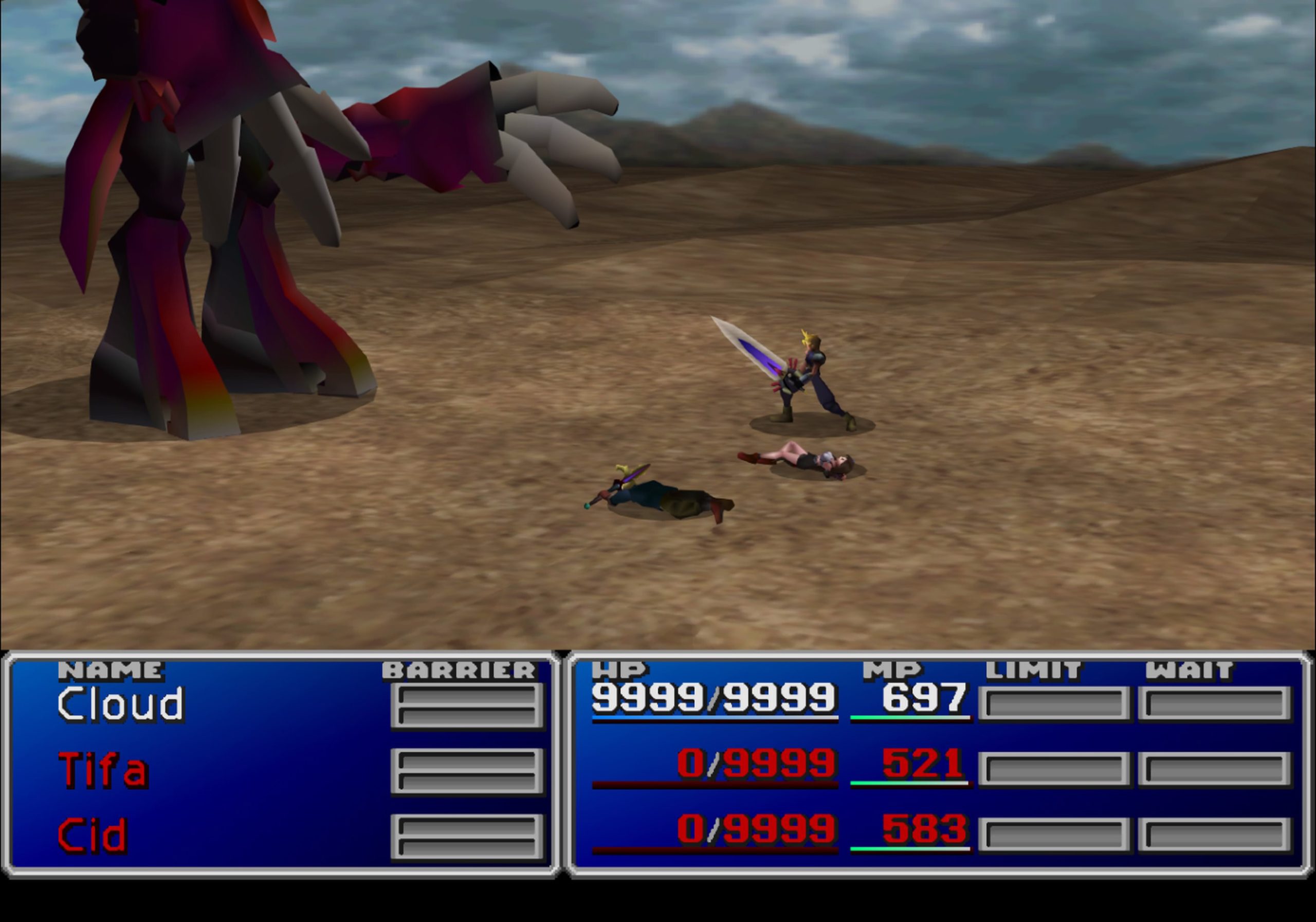
I… disliked chocobo breeding in this playthrough. As a kid, with all the time in the world and even more patience, I loved raising up my choco’s and racing them and just devouring the content centered around this system. But for this playthrough as an adult with a singular goal in mind, I found this system to just be frustratingly time consuming and boring. Traveling the world, capturing specific chocobos, then breeding them to then train up their offspring, all while meeting the requisite number of race wins with each is just a system that’s very spread out. You are flying back and forth between the farm and the racetrack, which is like, 10 screens deep in the Gold Saucer when you include the North Corel tracks, and the obnoxious gondola animation back and forth over and over. Ugh. I did it but I’m very happy to put this to rest and sleep well knowing I’ll never have to do this again.
As far as achievements, the noteworthy ones here were:
- Best Bromance: Be a dick to everyone except Barret and choose some very obtuse dialogue options, and you can go on a date with Barret in the Gold Saucer towards the end of Act 1. This required a guide and a second playthrough, as I made a couple of small mistakes on the initial playthrough. ~5 hours

- 99,999,999 Gil / Level 99 / Unlock All Level 4 Limit Breaks: These three Achievements were able to be lumped together with some intense late game grinding in the final dungeon. Thank god for this version of the game and the 3x speed option. ~3 hours
- Ruby Weapon / Emerald Weapon / Knights of the Round Materia: These three were the hardest to get, simply due to the chocobo breeding for KOTR which then enabled me to put together the cheesiest and strongest team for the Weapons. ~4 hours

Final Fantasy Staples Introduced
(Please note that this is not supposed to be an exhaustive list, just those things that I personally noticed and took note of during my playthrough)
- First 3D Final Fantasy game.
- First use of Full Motion Video (FMV) cutscenes
- First use of swear words in the script (albeit censored out)
Final Thoughts & Score
Look, I’m not going to mince words: this version of the game is practically unplayable by today’s standards. The height of this score should be seen entirely as appreciation for the music, story, and the brilliant materia system. Final Fantasy VII in its original form is an eyesore of a game with a rushed English translation and an overwhelming lack of meaningful late game content. The game was groundbreaking when first released, but both in a vacuum and in the context of having played it after playing through I-VI, it’s apparent that this entry was a necessary bit of growing pains for the series to really grow up and embrace new technologies.
Does the story still pull at my heartstrings? Yes. Is it still impressive for them to have made all the advancements they did to make the game look like it does? Yes. But at the end of the day, this is a game that deserves to be on a museum shelf, covered by a glass box that’s labeled “look, but do not touch”.




















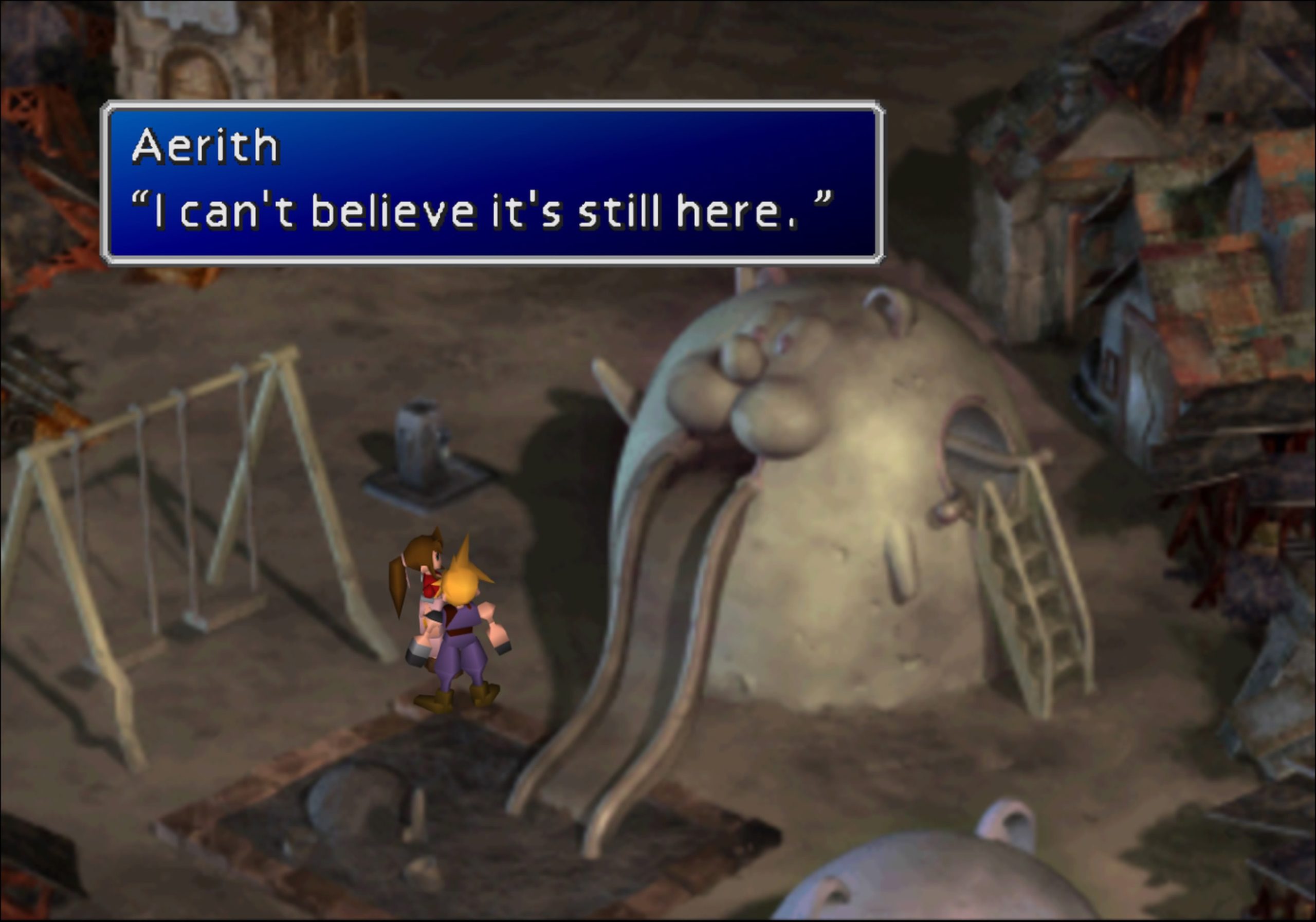





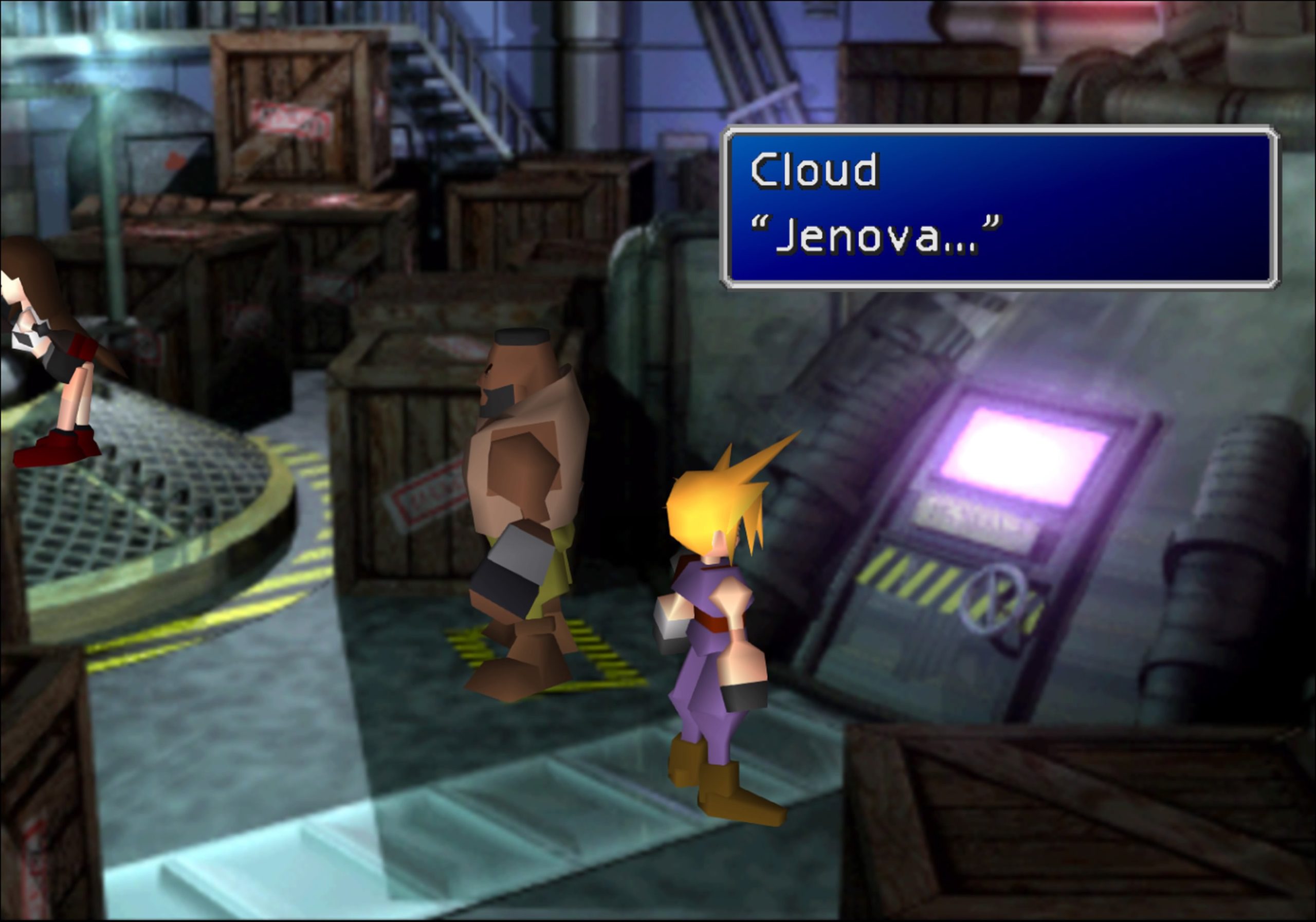















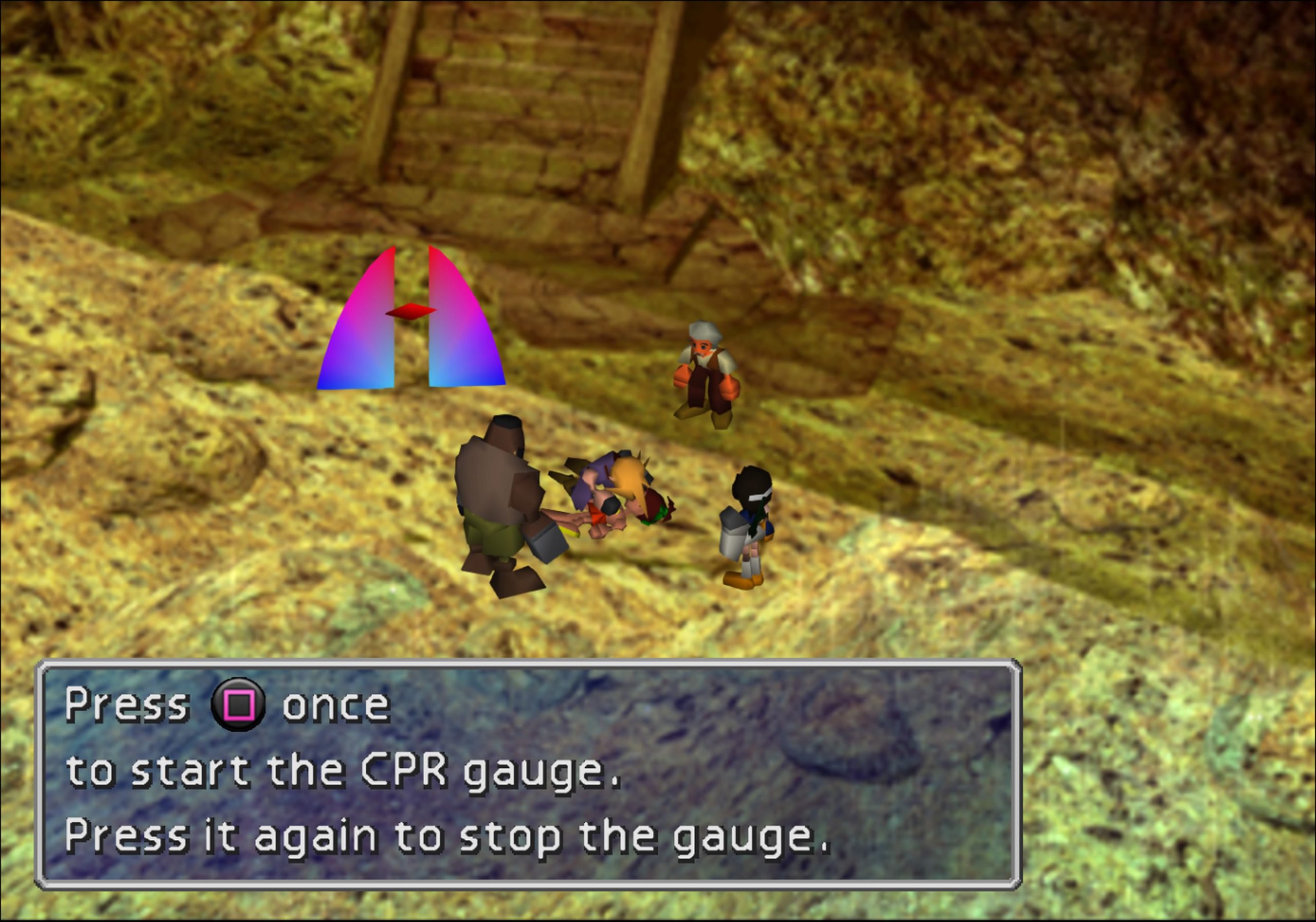





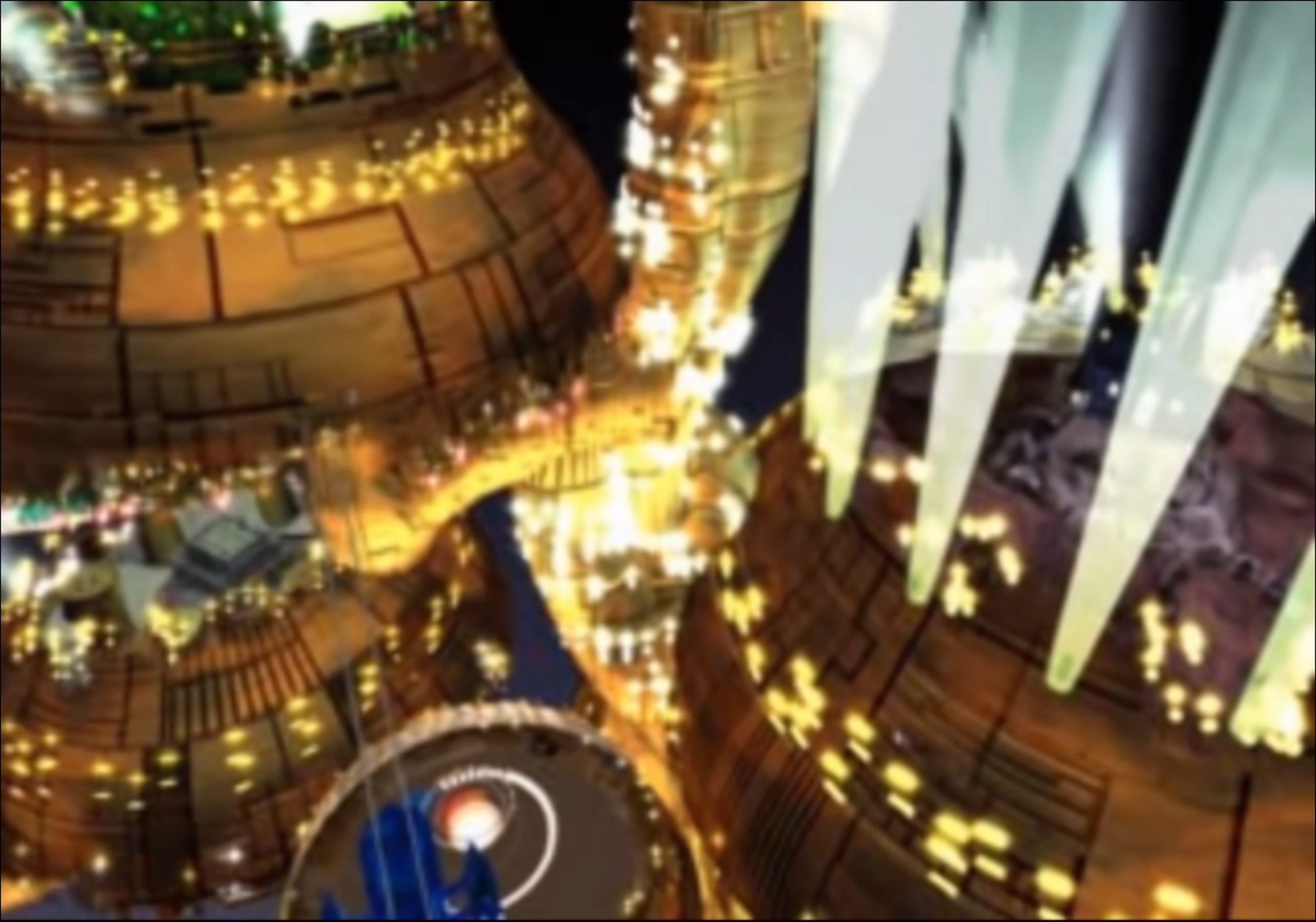
















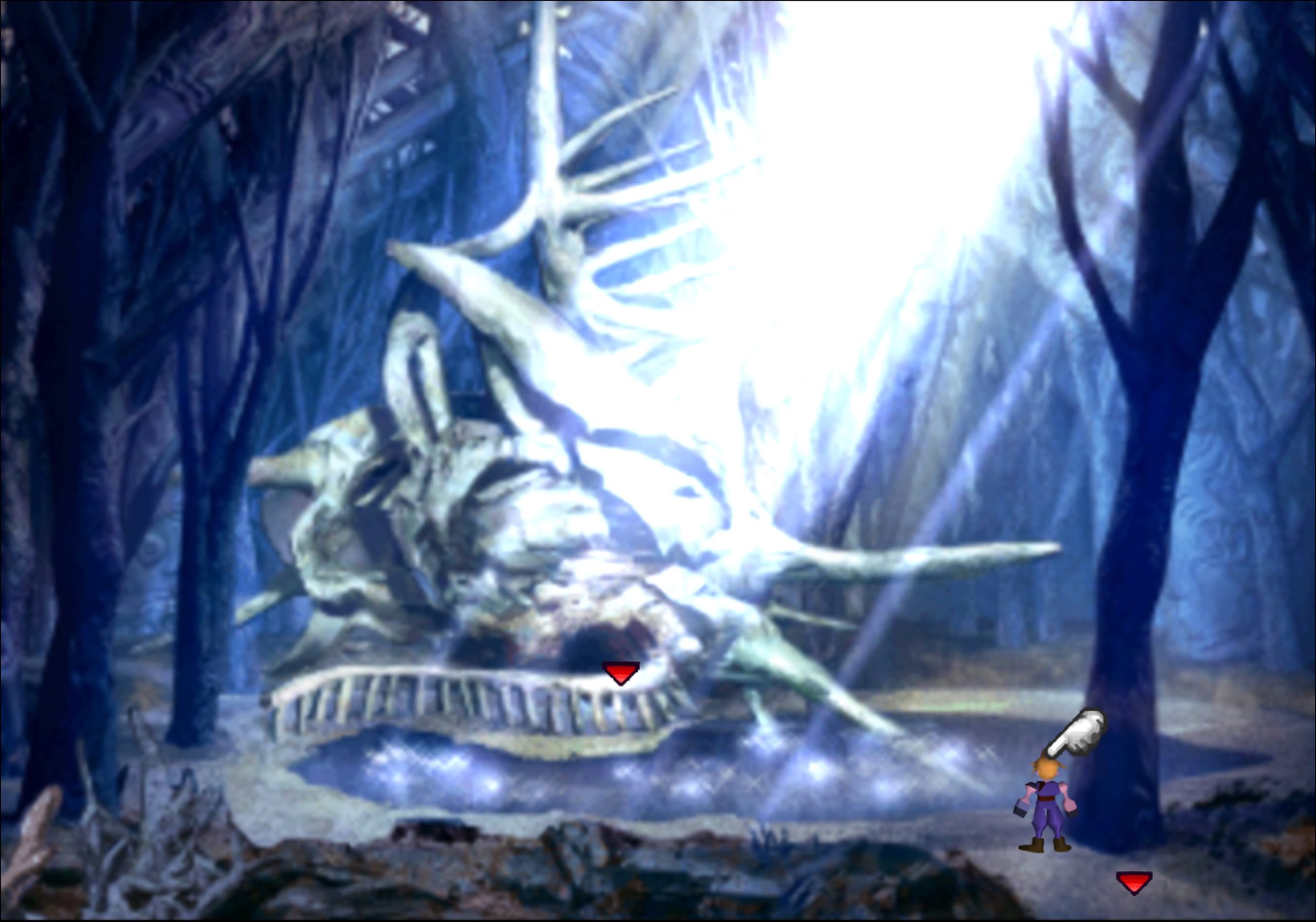
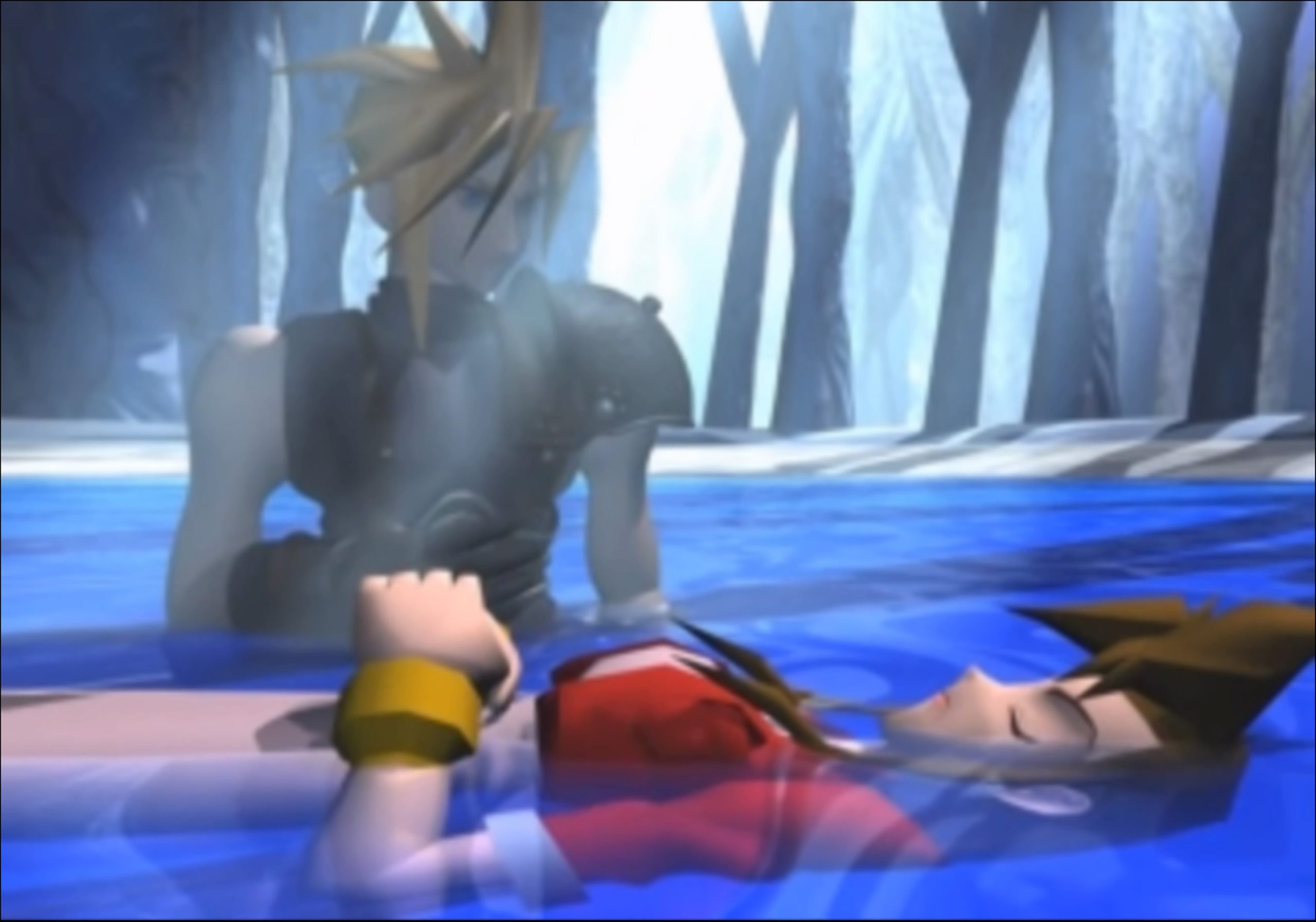


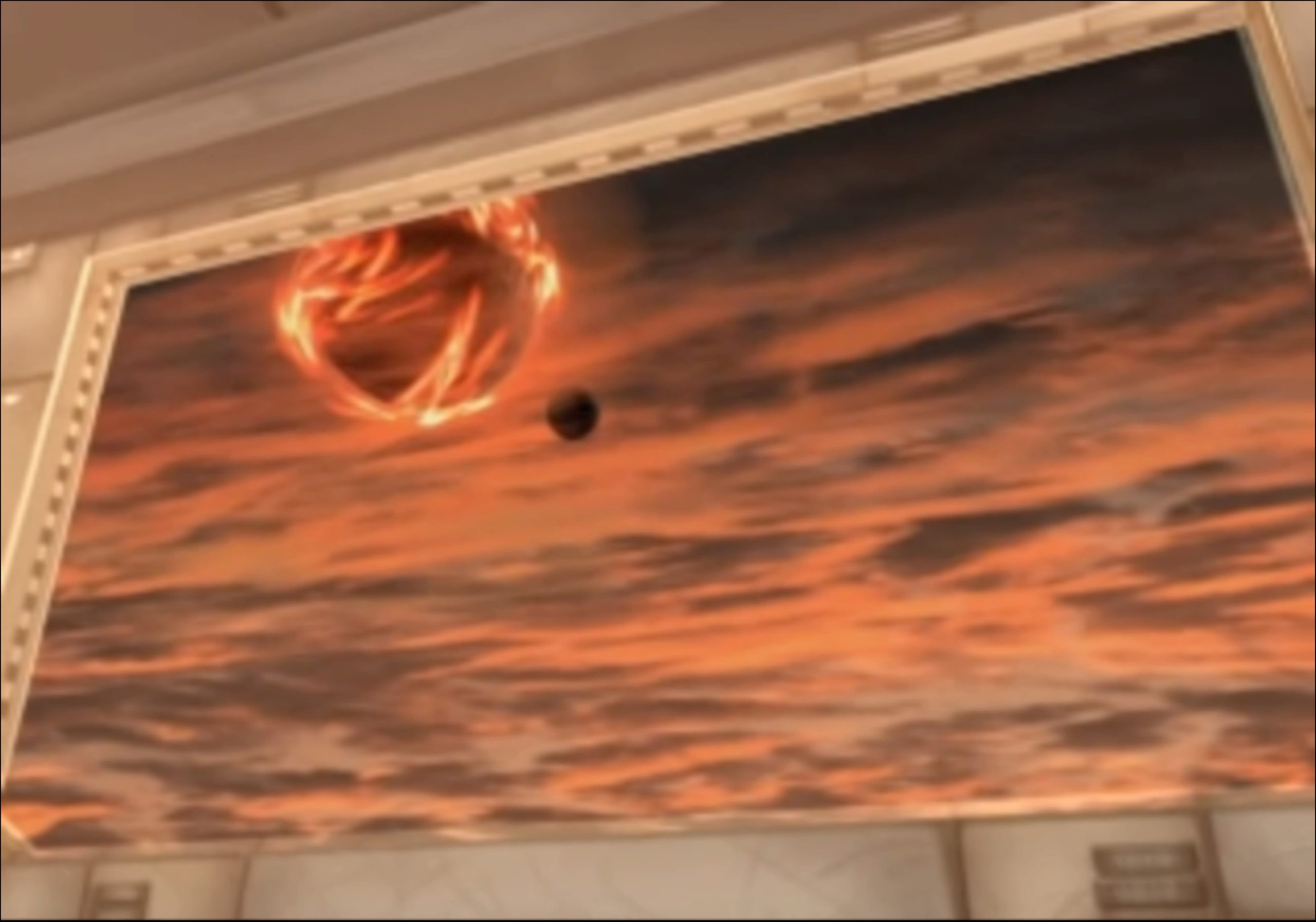



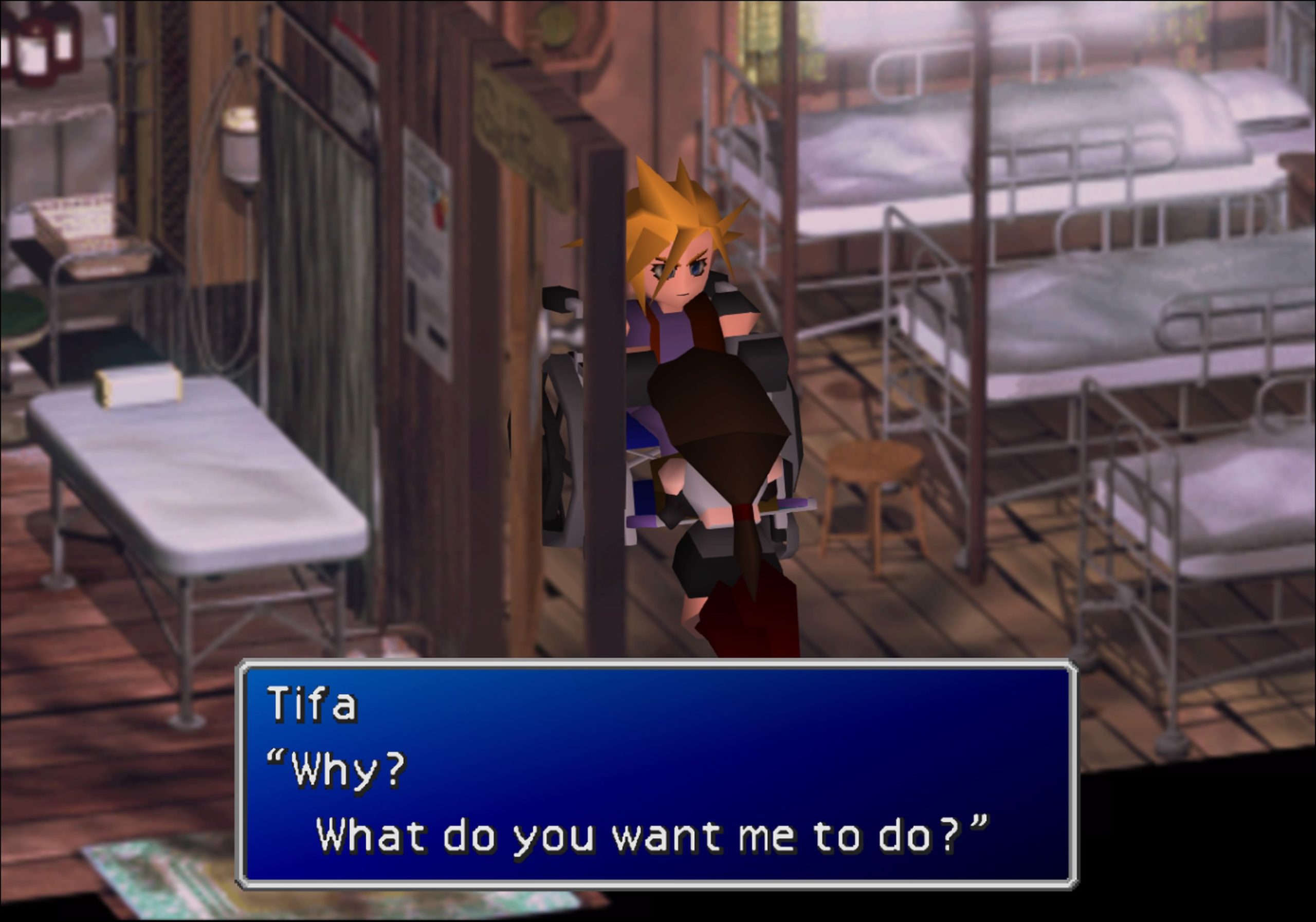



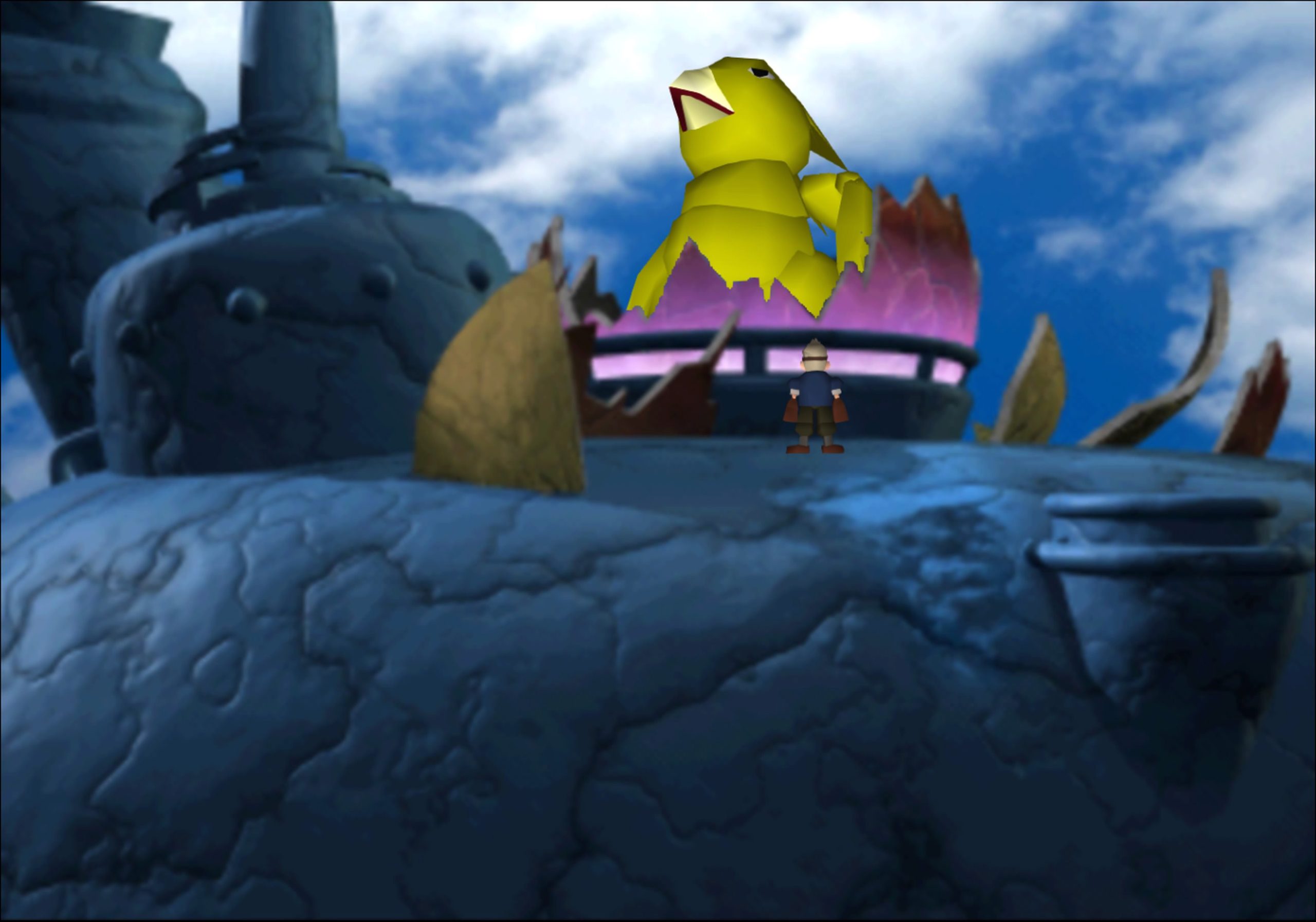







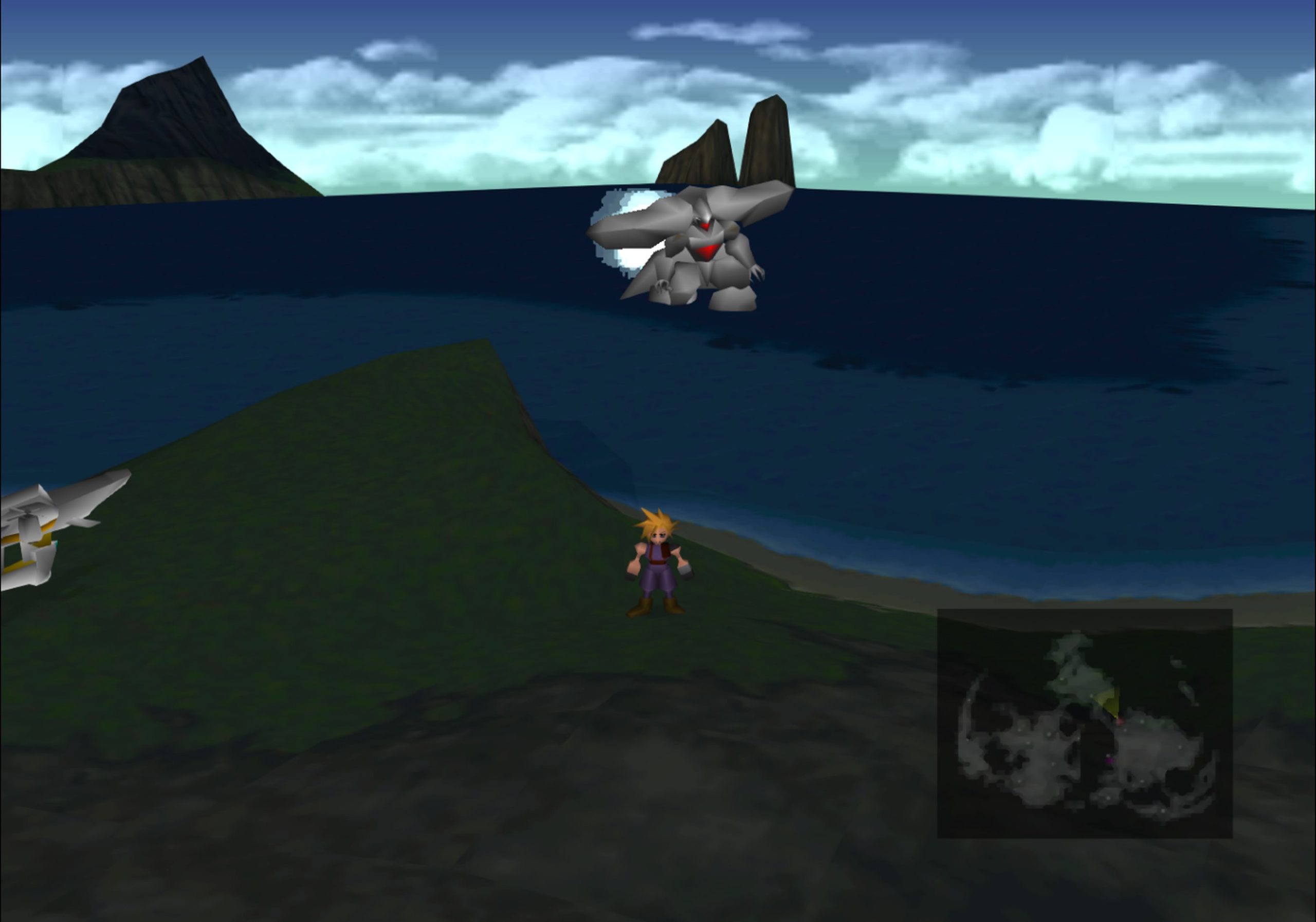




















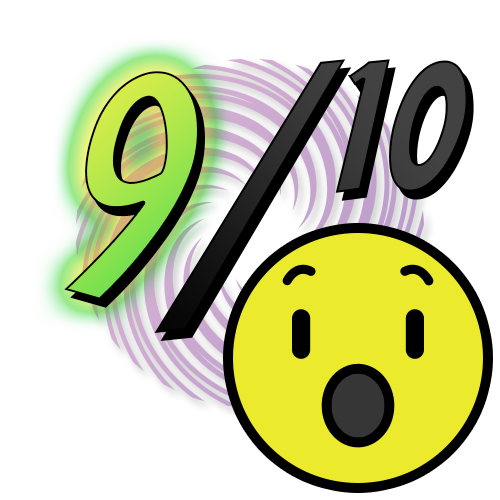



Leave a Reply